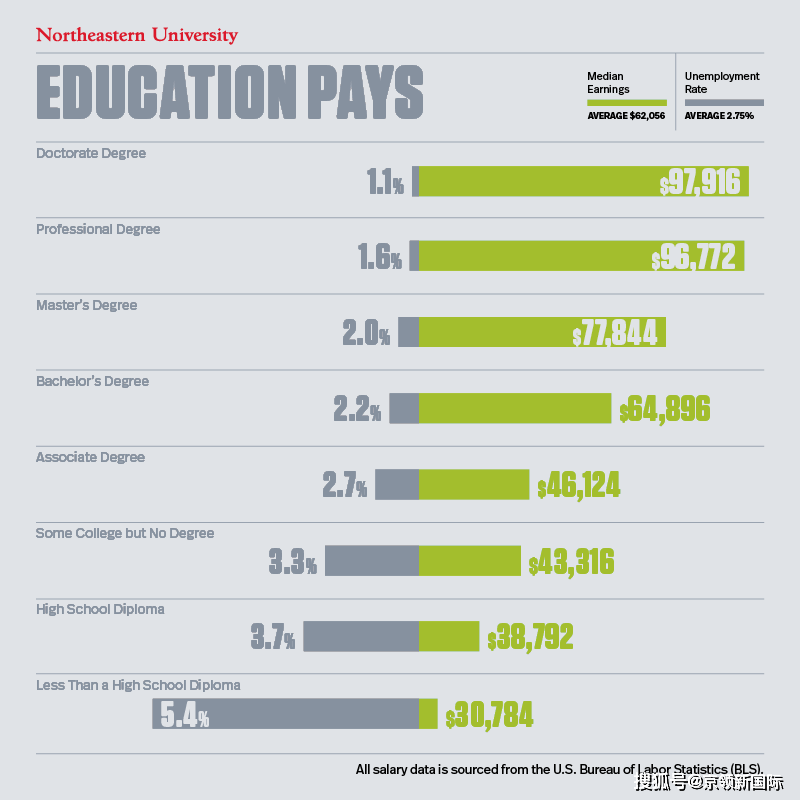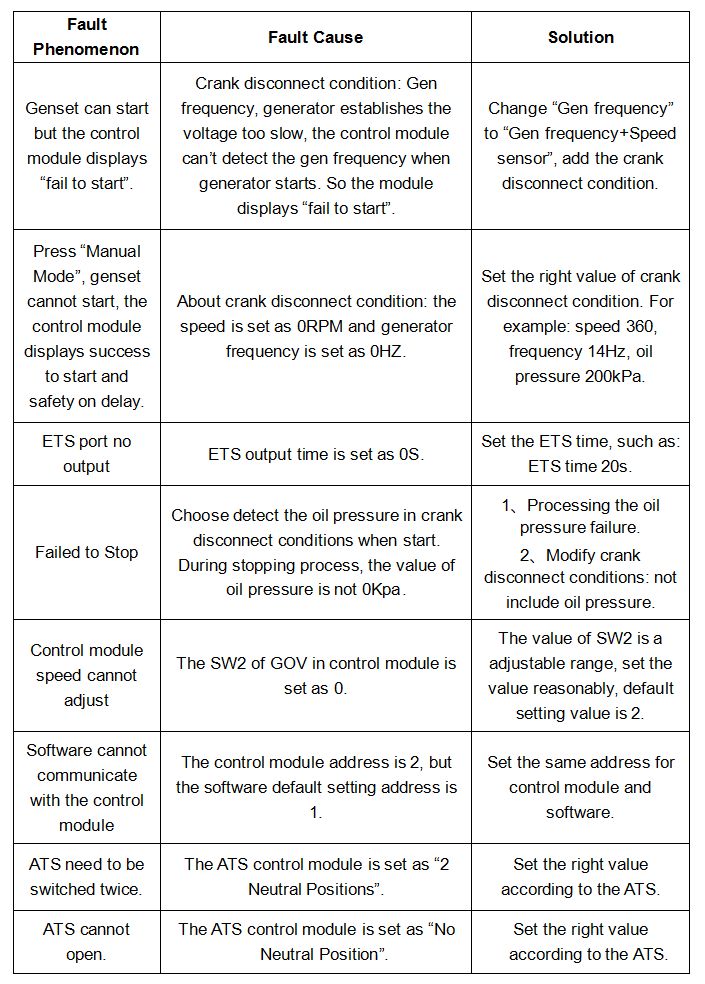Understanding the Benefits and Repayment Options of Federal Family Education Loan Program (FFELP) Loans
#### What Are Federal Family Education Loan Program (FFELP) Loans?The **Federal Family Education Loan Program (FFELP) loans** were a significant part of the……
#### What Are Federal Family Education Loan Program (FFELP) Loans?
The **Federal Family Education Loan Program (FFELP) loans** were a significant part of the federal student loan landscape in the United States. Established in the 1960s, this program allowed private lenders to issue loans that were backed by the federal government. FFELP loans included several types of loans, such as Stafford Loans, PLUS Loans, and Consolidation Loans. Although the program was discontinued in 2010, many borrowers still have outstanding FFELP loans, making it essential to understand their features and repayment options.
#### Types of FFELP Loans
There are primarily three types of FFELP loans:
1. **Stafford Loans**: These loans are available to both undergraduate and graduate students. They can be subsidized, meaning the government pays the interest while the student is in school, or unsubsidized, where the borrower is responsible for the interest from the time the loan is disbursed.
2. **PLUS Loans**: Designed for parents of dependent undergraduate students or for graduate students, PLUS loans cover the remaining cost of education after other financial aid is applied. These loans require a credit check, and borrowers may need to find a co-signer if they have an adverse credit history.
3. **Consolidation Loans**: Borrowers with multiple FFELP loans can consolidate them into a single loan, which can simplify repayment and potentially lower monthly payments.

#### Benefits of FFELP Loans
One of the primary advantages of FFELP loans is their flexible repayment options. Borrowers can choose from various repayment plans, including:
- **Standard Repayment Plan**: Fixed monthly payments over ten years.
- **Graduated Repayment Plan**: Payments start lower and increase every two years, designed for borrowers who expect their income to rise.
- **Extended Repayment Plan**: Available for borrowers with more than $30,000 in loans, allowing for a repayment term of up to 25 years.

Additionally, FFELP loans offer deferment and forbearance options, which can provide temporary relief if borrowers face financial difficulties. Borrowers may also qualify for loan forgiveness programs, such as Public Service Loan Forgiveness (PSLF), if they meet specific criteria.
#### Repayment Options for FFELP Loans
Understanding the repayment options available for **Federal Family Education Loan Program (FFELP) loans** is crucial for borrowers. Here are some key aspects:
1. **Income-Driven Repayment Plans**: These plans calculate monthly payments based on the borrower's income and family size, making it easier for those with lower incomes to manage their debt.
2. **Loan Forgiveness Programs**: Borrowers working in qualifying public service jobs may be eligible for forgiveness after making a certain number of qualifying payments.

3. **Consolidation Options**: If borrowers have multiple FFELP loans, they can consolidate them into a Direct Consolidation Loan. This can simplify payments and may provide access to additional repayment plans, including income-driven options.
#### Conclusion
While the Federal Family Education Loan Program (FFELP) loans are no longer available for new borrowers, understanding their structure and repayment options is vital for those who currently hold these loans. Borrowers should explore their repayment options, consider consolidation if applicable, and stay informed about potential forgiveness programs. By taking advantage of the benefits of FFELP loans, borrowers can manage their student debt more effectively and work toward a brighter financial future.